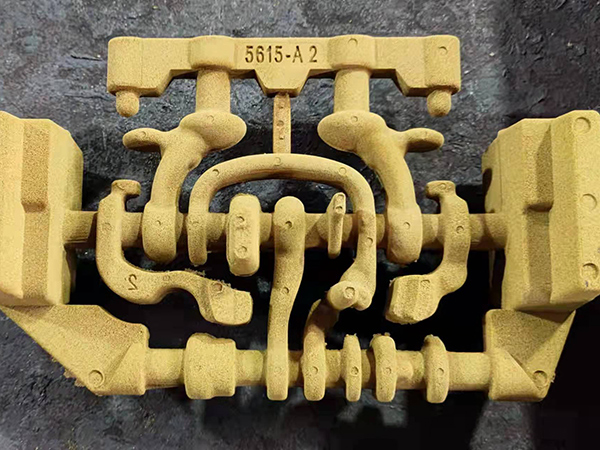How to Sand Resin A Comprehensive Guide
Sanding resin can seem like a daunting task for beginners, but with the right techniques and tools, it can be a straightforward process that yields professional-looking results. Resin is popular in various crafting and woodworking applications due to its versatility. Whether you are working with epoxy resin, polyester resin, or polyurethane resin, knowing how to sand it properly is essential to achieve a smooth finish. In this guide, we will walk you through the steps involved in sanding resin effectively.
Step 1 Gather Your Materials
Before starting the sanding process, ensure you have the necessary materials on hand. These include
- Various grits of sandpaper (ranging from coarse to fine) - A sanding block for even pressure - Water (for wet sanding) - A spray bottle for water - A dust mask and goggles for safety - A vacuum or a soft brush for cleaning
Having these materials prepared will make the sanding process much more efficient and effective.
Step 2 Initial Sanding
Once your resin project has fully cured, it’s time for the initial sanding. Begin with coarse-grit sandpaper (around 60-80 grit) to remove any large imperfections or rough spots on the surface. It’s essential to sand evenly across the entire surface to prevent uneven contours. Using a sanding block will help distribute pressure evenly and achieve a flatter finish.
Step 3 Progress To Medium Grit
how to sand resin

After tackling the larger imperfections, transition to medium-grit sandpaper (120-180 grit). This step helps to smooth out the surface further and prepare it for the final sanding touch-ups. Again, use a sanding block to maintain an even sanding pressure, and ensure you keep the sandpaper flat against the surface.
Step 4 Wet Sanding for a Smooth Finish
Wet sanding is a technique that can significantly improve the smoothness of the resin surface. After sanding with medium grit, you can move on to a finer grit sandpaper (around 220-400 grit) while using water to lubricate the surface. Wet sanding helps reduce dust and prevents the sandpaper from clogging. It also produces a finer, smoother finish. Use a spray bottle to keep the surface wet while sanding, making it easier to see your progress.
Step 5 Fine Sanding and Polishing
For the final sanding, use very fine grits (600 grit and above). This step is crucial to achieving that glossy, polished look. Continue wet sanding lightly, taking care to focus on areas that may need extra attention. Once you’ve reached the desired smoothness, rinsing the surface and letting it dry will reveal any remaining imperfections that need a touch-up.
Step 6 Final Cleaning and Polishing
After you’ve completed the sanding process, it’s essential to clean the surface thoroughly. Using a vacuum or a soft brush removes any remaining dust particles. If desired, you can apply a resin polish to enhance the shine further. This step is optional but can provide a stunning finish, especially for decorative projects.
Conclusion
Sanding resin may require time and patience, but the results are invariably worth the effort. Whether you're creating a beautiful piece of art, jewelry, or functional items, having a smooth resin surface will significantly enhance the overall aesthetic of your project. Always remember to wear appropriate safety gear and work in a well-ventilated area to protect yourself from dust and fumes. Armed with the right tools and techniques, you can master the art of sanding resin and take your crafting skills to the next level. Happy sanding!
Post time:Aug . 15, 2024 07:53
Next:Exploring the Pros and Cons of Sand Casting in Metal Fabrication Processes
